The first few floats were very challenging as I was still trying to control my thoughts. My intention was to go into the tank with some questions for myself and come out with answers. Big questions, like ‘what is my purpose in life’, ‘how can I be less selfish’, ‘what is god’ and ‘is our civilisation going to collapse’? My mind wasn’t up for that though. He wanted to run its usual cycle of planning, then food, then self-help activities then things to buy and back around again. He just wanted to keep running on that hamster wheel, around and around, while getting nowhere. I had a really uncomfortable premonition that if my thoughts were to stop, the walls of my mind would close in on me like the garbage compactor Luke and Han get trapped in on the Death Star.
Back in the womb
What happens to you when everything that occupies your life is taken away? It would probably be the first time since you were in the womb that you had no stimulus to be occupied with. You have nothing to distract you from yourself. This could be a chilling idea to some. When I first encountered it, I was introduced to my holes. These are the holes that A.H. Almas writes about. The empty parts of me, where I have lost contact with my essence. My holes are usually filled with work, with productivity, social media, food and relationships. Once these are stripped away, I am left with the void, an expanse of nothingness. I am confronted with lack. And it is really scary! Almaas suggests that the way to deal with our holes is not to fill them, but to become comfortable with them. To face them, look into them and allow them to be. This is what I try to do in the tank but I ain’t going to fix it all in a 1-hour float.
To combat the feeling of holes, my hamster-wheel brain would go into overdrive. Thinking even more furiously to avoid the discomfort of these holes. But eventually, my hamster would run out of steam. Momentarily, I would experience peace. I would experience a quiet mind. It was lovely. It was blissful. Then, the thinking mind would shove his big butt back in and start the wheel back up again. This was frustrating and I would find myself longing for the time to be over so I could get back to cramming my holes full of doing.
As I became more accustomed to floating, I developed tools to combat my thinking mind’s misbehaviour. When it invaded my thoughts with a suggestion to get out early, instead of indulging this disobedient child, I would curiously enquire as to why it felt discomfort. Just the simple act of asking the mind what was wrong was enough to placate it and ease its discomfort. This is very similar to what people experience with mindfulness meditation; the discomfort and urge to quit.
The amygdala switch
After around three floats, your mind gets used to the unusual environment and it allows your amygdala to switch off. This is the part of the brain that’s responsible for emotions and cortisol release. This post-float shut down has actually been shown to decrease anxiety more effectively than medication. The more you float, the more you benefit.
The way I have been writing about my mind may have you thinking that all that time alone has given me some sort of schizophrenic disorder. And if you are thinking that, my mind told me to tell you to shut up! ‘The Untethered Soul’ by Michael A. Singer explains what I mean beautifully. You will come to see that you are not your thoughts, but really, you are the one who witnesses the thoughts. Have you ever had a really nasty thought that you felt ashamed of? (I hope so, or this analogy is going to make me look really bad.)
For example, you get that momentary urge to push an old lady into a swimming pool or pull someone’s chair out from under them as they are about to sit down. Nasty things. Then you judge yourself as horrible. Now that I have seen this separation between me and my thoughts I am able to just laugh at my mind when it says things like that. I know that it is not really me, and knowing that, I don’t feel the need to judge myself.
What are you doing here?
I want to know myself. I want to know what my purpose in life is. I want to get in touch with my higher self, the one who knows what is best for me, and I can only do this when my mind frees itself from distraction. These are the questions I want answers to. As your brain moves from producing high-alertness alpha waves down to theta waves, you are able to be in a more creative and present state. This is actually the boundary between the conscious and unconscious mind. The slowing down of brain waves is one of the scientifically backed benefits of floatation therapy.
With these slower brain waves, the realisations I get in the tank are profound. In my life, I chase discomfort, as I know that this is the fire that fuels my development. Recently, I made a conscious decision to stop wasting money on things that make my life more comfortable and spend it on things that enable me to tolerate more discomfort. I want to be free from my wants. In the tank, I come to realise that happiness is not the satisfaction of my desires, it is freedom from desire. I want to not want. That’s a difficult one to get your head around. But it is something that Buddha realised a long time ago.
A safe place






